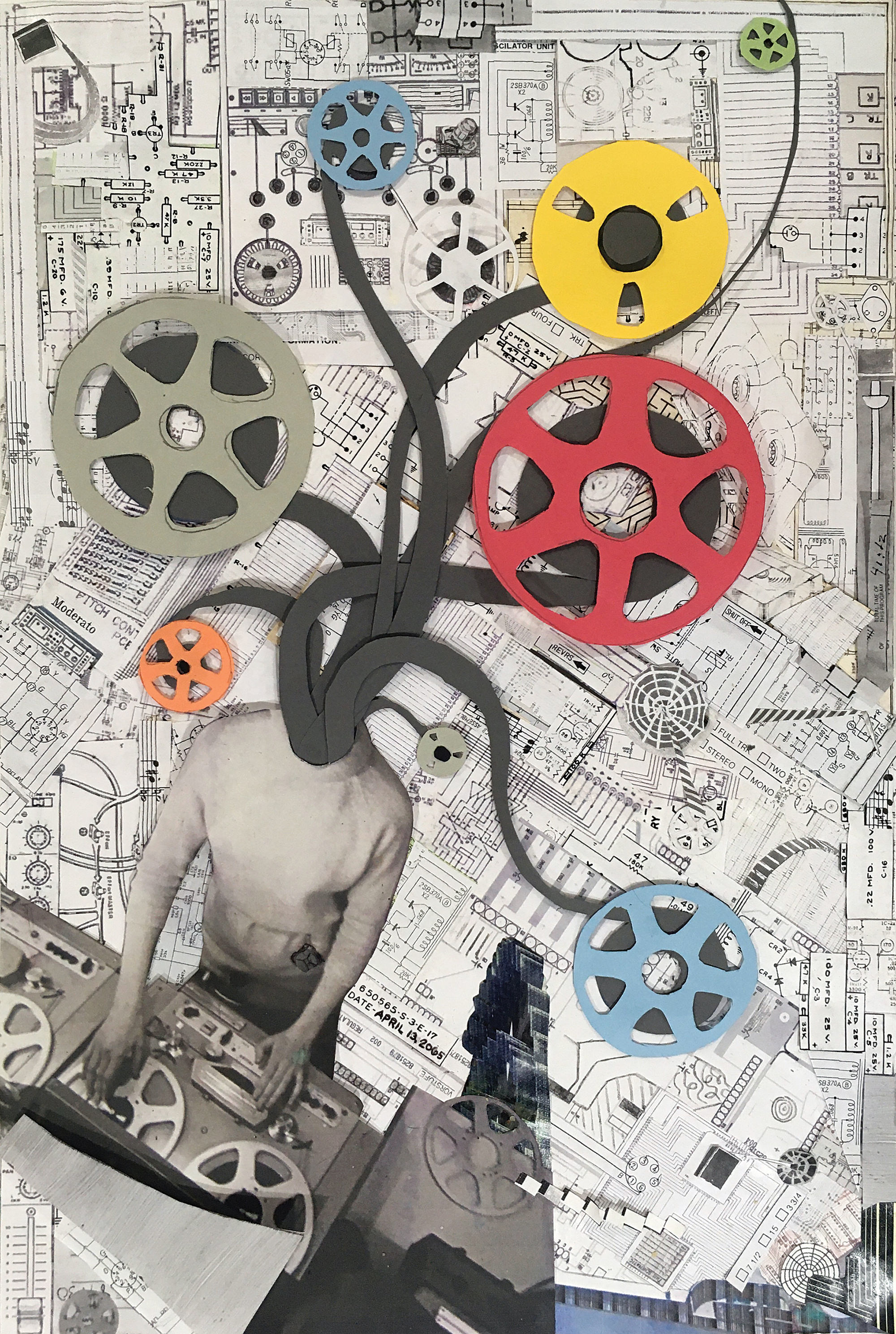The Boss GT-1000CORE is mainly marketed as a new cornerstone for a guitarist's effects pedalboard, but its compact form-factor and advanced functionality make it an exceptional desktop recording and production interface. Connecting it via your modern guitar amp's effect send/return by using the 4 (or 7) cable method <https://youtu.be/gVevUq2nLDI> is a handy option. However, for this review, I'll focus on the more streamlined direct USB-to-computer setup for re-amping the signals for recording and production purposes.
First off, the GT-1000CORE packs next-gen processing power (the same as its big sibling, the GT1000) in a tiny footprint. For digital doubters like me, its specs, including 32-bit floating-point processing with a 96 kHz sampling rate, are a significant improvement over its predecessors. I suspect that's why in a pushed amp model, that slight, but ultimately ear-fatiguing "graininess" heard in lesser boxes has been eliminated.
For those not familiar with re-amping, Roland has a short tutorial <https://youtu.be/7JtL1wQyclw> that's easily adaptable to your specific software. When used as a USB interface, the basic premise is that you can record a dry signal alongside your fully modeled sound, which can then be re-routed and re-amped. You can also run existing dry guitar tracks (say from working with an amp plug-in) as your source. Although you don’t absolutely need it, I would also recommend installing the free Boss Tone Studio desktop app (PC & Mac). Yes, the GT-1000CORE's physical push-dials and minimal display are smartly laid out, but the interface allows us to quickly visualize the entire re-amping signal chain, set up virtual cabs and mics, fine-tune separate monitor outs, and tweak USB audio settings without having to deep-dive into submenus.
Re-amping through the GT-1000CORE has revolutionized my process. Previously, getting a tone, that folds into the final mix required tedious workarounds because amp plug-ins alongside virtual instruments brought my laptop to its knees. Leaning on the GT-1000CORE's hardware, I can now tweak 24 simultaneous effects (out of its 140) until the very end. There’s also the option to load custom impulse responses, but so far the myriad of speaker cabs, mics, and mic'ing positions have been more than enough to dial in nuanced tones.
For some exciting re-amping examples, here are two of my working scenarios: First off, I can freely incorporate my curated collection of analog pedals because Boss managed to fit in two separate effects loops (which can be combined into one stereo loop). On a recent re-amp, I set up parallel signal processing with a JHS Pedals Muffuletta in front of a modeled Fender Bassman (my actual ancient setup) alongside the Xotic Guitars & Effects EP Booster in front of a Vox AC30 with top-boost (my fictional dream setup). The result was a creamy vintage fuzz with clarity of notes all within a fat stereo field. With Boss’s new and mysterious AIRD (Augmented Impulse Response Dynamics) Tube Logic processing, analog pedals sit incredibly well within the digital domain, driving the virtual amps in sensitive, realistic ways. The ability to drag and drop the effect loops (and AIRD amp models) anywhere in the signal chain is a huge advantage for quickly testing tonal differences.
A second key re-amp scenario is easily (and relatively quietly) generating feedback! I believe that even just a breeze of feedback resonating the strings is an important part of an electric guitar's sound. Without turning up my monitors to deafening levels, I simply configure the GT-1000CORE’s two different outputs for different purposes. Output B is the throwaway sound sent to my monitors – a super-compressed, distorted, low-pass filtered tone barely loud enough to get the demons wailing. Additionally, I sometimes use output A as a parallel processed tone for headphone monitoring (to play with a settings’ detail). Finally, the dry signal is re-amped and refined into whatever massive sound the song needs. Even with no effects, it will have the natural feedback resonances built into the string vibrations. How cool is that?
One final note about re-amping, which some might find a drawback: Unlike software plug-ins, there’s no option for automating parameters since re-amping is effectively re-playing the unprocessed signal through the modeler again. Therefore, if you're doing any integral pedal work like wahs, pitch-shifting, etc., you’ll have to "perform" the actions again while re-amping. For me, this is fine (and also fun) because you can really focus on the tweaks themselves. That being said, having to re-amp multiple times because your pedal is glitchy defeats the purpose. If you want an expression pedal with a toe switch (which I highly recommend), I extensively tested a super-precise one from HeadRush. In my opinion, it's currently the only expression pedal with a toe switch that pairs well with GT-1000CORE’s super-fast processor.
For real amp addicts, the above scenarios outline a couple of ways re-amping through the GT-1000CORE can transform the way you record guitar. For me, modelers were always a compromise solution to cover for a lack of space and time. Now, using the GT-1000CORE is my preferred solution for recording electric guitar. It fits nicely on my desktop but is also an ultra-portable guitar production studio. Its high-resolution models and simple re-amp functionality allow me to get creative with my existing analog pedals for original tones, that are in my opinion indistinguishable from a "real" rig.




_disp_horizontal_bw.jpg)